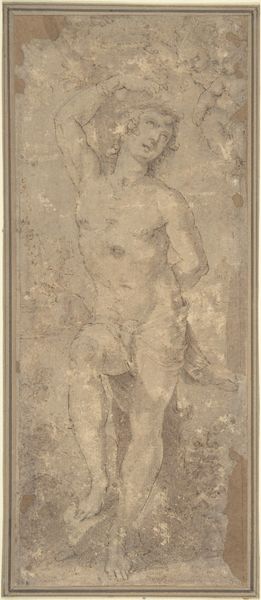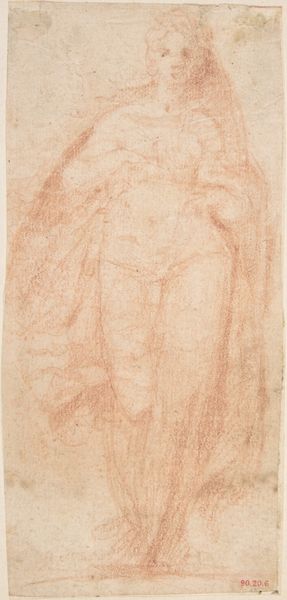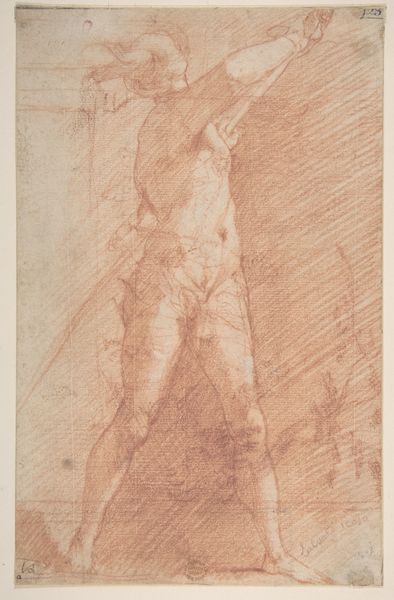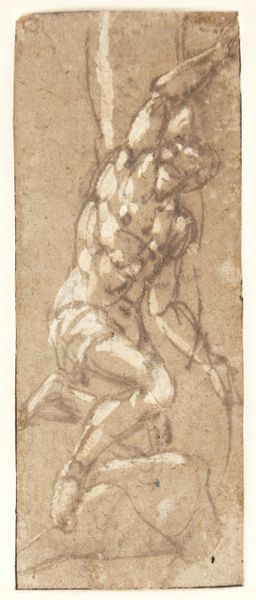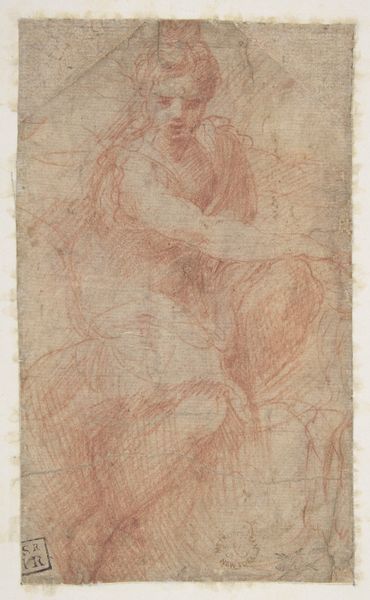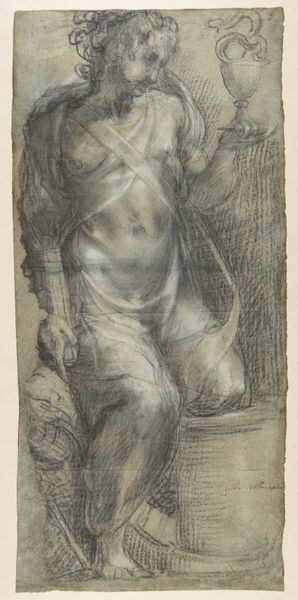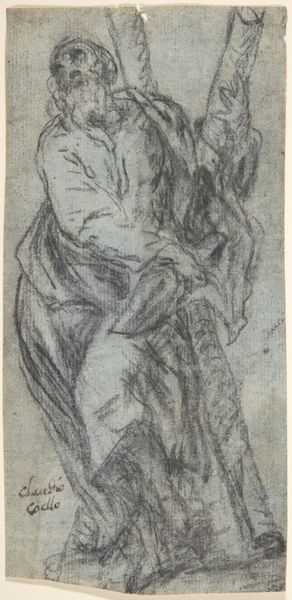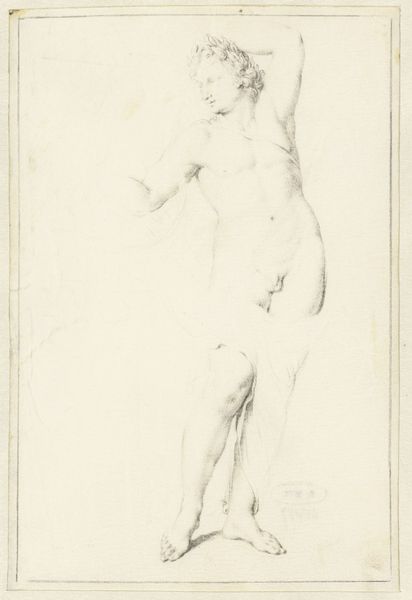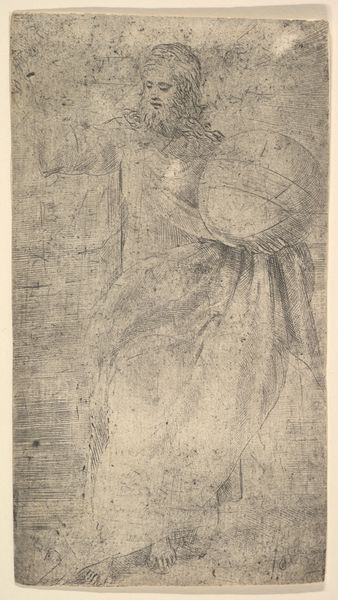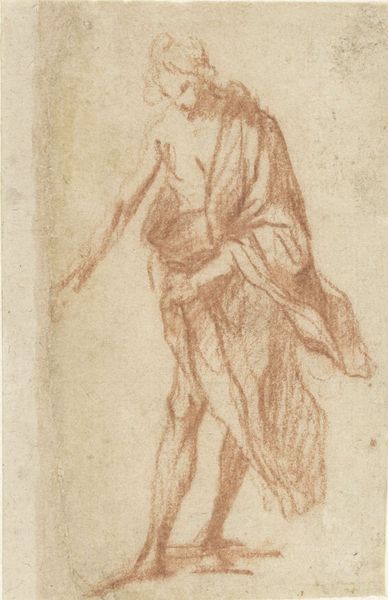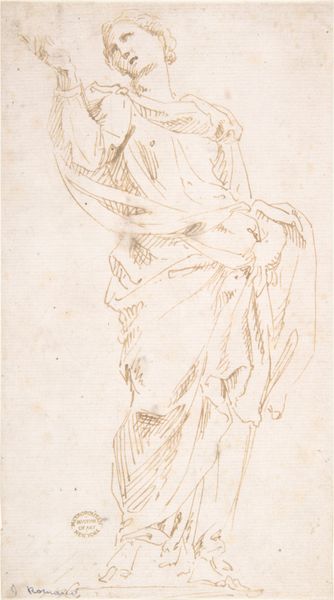
drawing, print, etching
#
portrait
#
drawing
# print
#
etching
#
charcoal drawing
#
figuration
#
nude
#
realism
Dimensions: height 95 mm, width 63 mm
Copyright: Rijks Museum: Open Domain
Editor: This is "Torso van naakte man," or "Torso of a Naked Man," by Caspar Jacobsz. Philips, created in 1766. It's an etching, giving it this wonderfully detailed, almost textural feel. I find it really striking, the figure feels both powerful and vulnerable somehow. What strikes you most about it? Curator: What I find compelling is how this work, ostensibly a classical nude study, positions itself within the broader artistic and social landscape of its time. Etchings like these served a vital purpose. They democratized art, making it accessible to a wider audience beyond the wealthy elite who could afford paintings. It’s a form of visual dissemination that impacts how we understand both high art and popular imagery. Editor: That's interesting! So it's not just about artistic skill but about accessibility? Curator: Precisely! The rise of printmaking paralleled Enlightenment ideals about knowledge and education for the masses. Works like Philips’ were disseminated and displayed publicly, within institutions that controlled social norms. The very act of creating and circulating such an image held socio-political implications. This raises the question: How do institutional frameworks and technologies shape our relationship with the human body, even now? Editor: Wow, I never thought about it that way. So the existence of the artwork is also influenced by galleries' influence? Curator: Exactly. And thinking about where it's housed now, in the Rijksmuseum, how does its current display contextualize it? Are we celebrating artistry, male form, historical social norms or dissemination? Editor: I guess I've learned that context is as important as content, in an art piece, perhaps even inseparable from the content! Thanks! Curator: My pleasure! Looking closer allows you to unravel more intricate narratives!
Comments
No comments
Be the first to comment and join the conversation on the ultimate creative platform.
